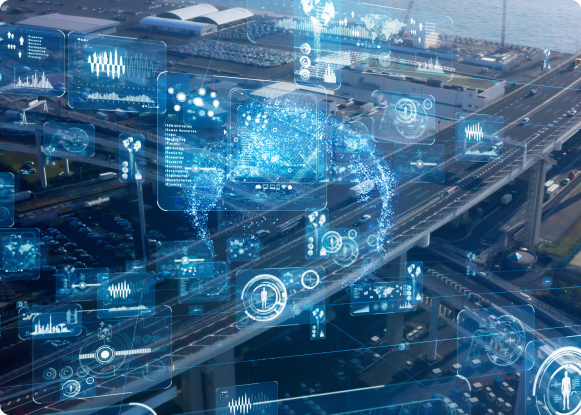In today’s dynamic and globalized world, efficient supply chain management is crucial to the success of companies. An emerging tool that is revolutionizing this field is the control tower. This concept, inspired by air traffic management, has been adapted to provide comprehensive visibility and control over logistics operations. In this FM Logistic article, we will explore what a control tower is, its functions, advantages, and the different types that exist according to their function and sector.
What is a control tower?
A supply chain control tower is a centralized platform that uses advanced technology to monitor, manage and optimize all logistics activities and freight transport service. It functions as a command center that integrates data from various sources to provide a real-time view of the entire supply chain.
Functions of the control tower in the supply chain
Control towers in the supply chain play several crucial roles in supply chain management:
- Real-time visibility: They provide a complete view of all activities and movements along the supply chain.
- Monitoring and tracking: Enables continuous tracking of shipments and assets, ensuring that all items arrive at their destination on time.
- Incident management: Helps identify and resolve problems quickly, minimizing interruptions.
Advantages of implementing a control tower in the supply chain
The implementation of a control tower in the supply chain offers multiple benefits:
- Improved visibility: Provides a holistic view of all operations, enabling better management and coordination.
- Rapid response to problems: Facilitates the detection and resolution of incidents, improving operational resilience.
- Increased efficiency: Automates processes and decisions, reducing time and human error.
- Customer satisfaction: Ensures on-time and reliable deliveries, enhancing the customer experience.
Types of control towers in the logistics sector
Control towers can be classified in different ways, mainly according to their function and the sector in which they operate.
According to its function
- Transport control tower: Focuses on managing and optimizing the transport and distribution of goods.
- Inventory control tower: Monitors and manages inventory levels, ensuring that there is sufficient stock to meet demand without incurring overages.
- Production control tower: Coordinates manufacturing and production activities to optimize the use of resources and meet delivery deadlines.
- Risk control tower: Identifies and manages potential risks in the supply chain, ensuring operational continuity.
Depending on the sector
- Retail sector: The logistics control tower focuses primarily on inventory, distribution and order management. It monitors and optimizes inventory levels in real time to prevent stock-outs and overstocks, coordinates the efficient distribution of products from distribution centers to stores, and manages the processing and fulfillment of online and in-store orders, ensuring product availability and a smooth customer experience.
- FMCG sector: control towers are focused on ensuring a steady flow of products through supply chain and demand management. It uses data analytics to forecast demand and adjust production and distribution, monitors transportation to maximize efficiency and minimize costs, and ensures that products reach retail outlets in a timely manner and in optimal condition, adapting quickly to changes in the market.
- Cosmetics and beauty sector: control towers manage the supply chain from the procurement of raw materials to the delivery of the final product. It coordinates the launch of new products to ensure that they reach the market at the right time and in the required quantity, and ensures compliance with industry-specific regulations and quality standards, maintaining an efficient supply chain and responding quickly to market and regulatory demands.

